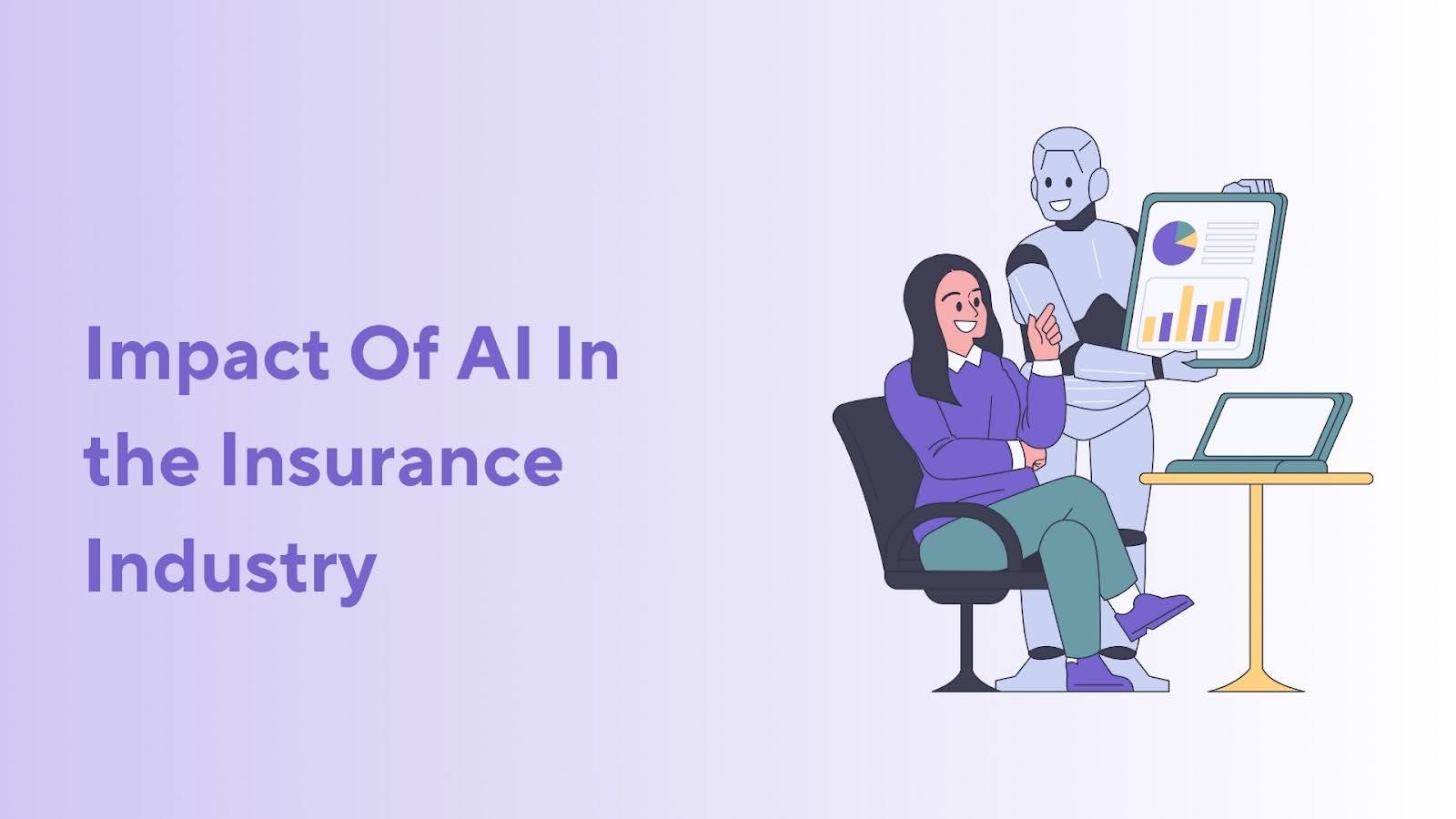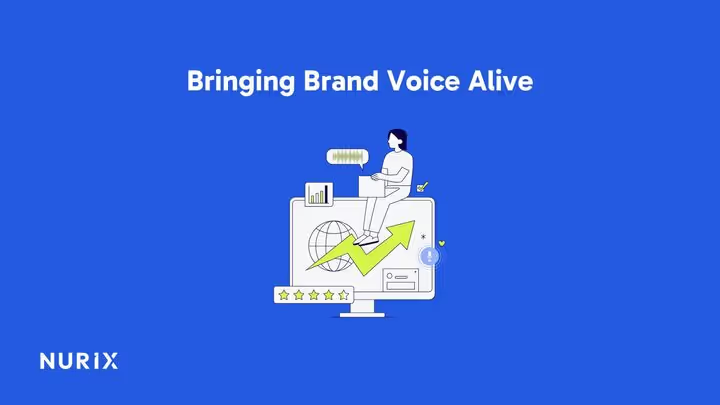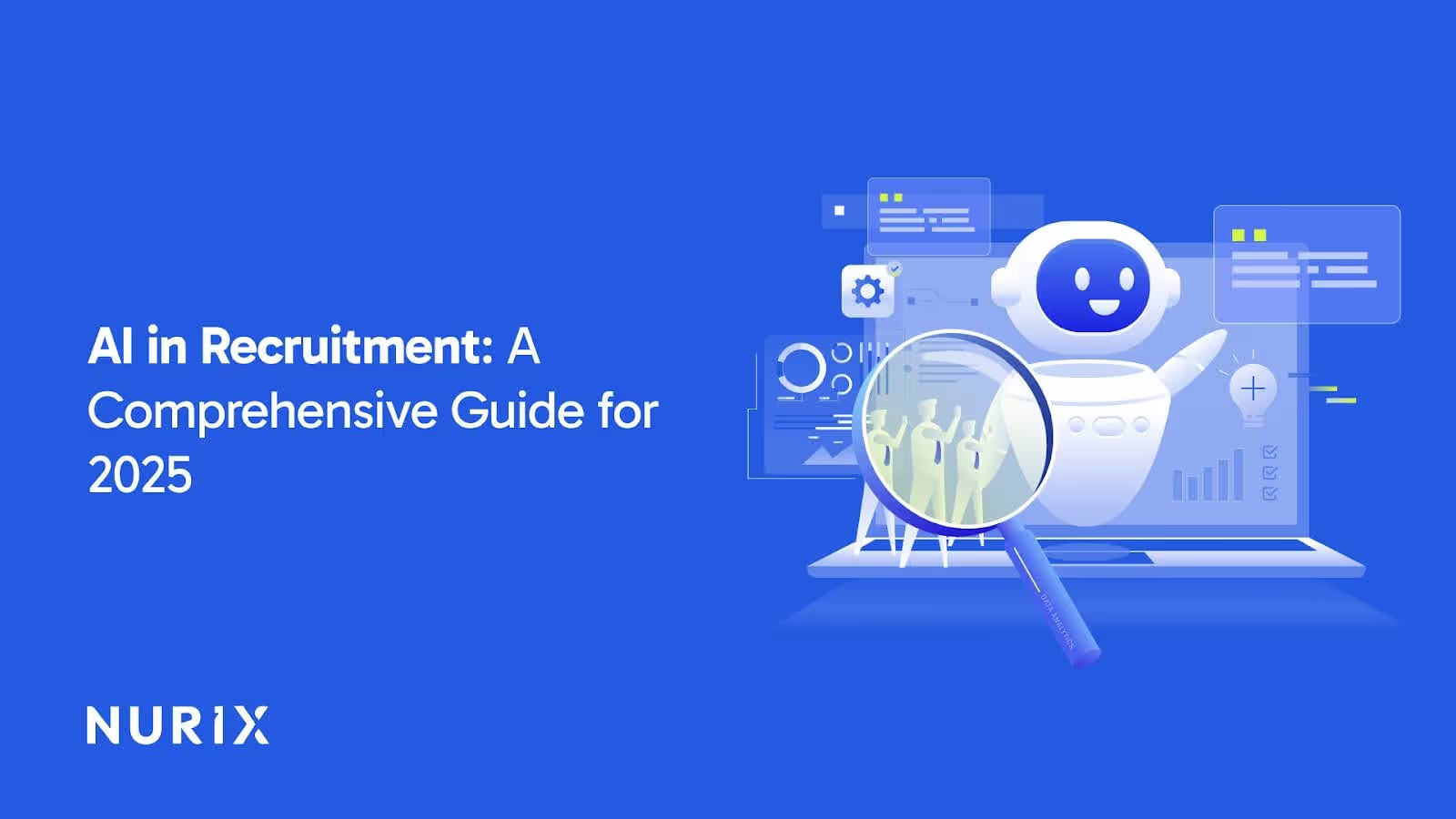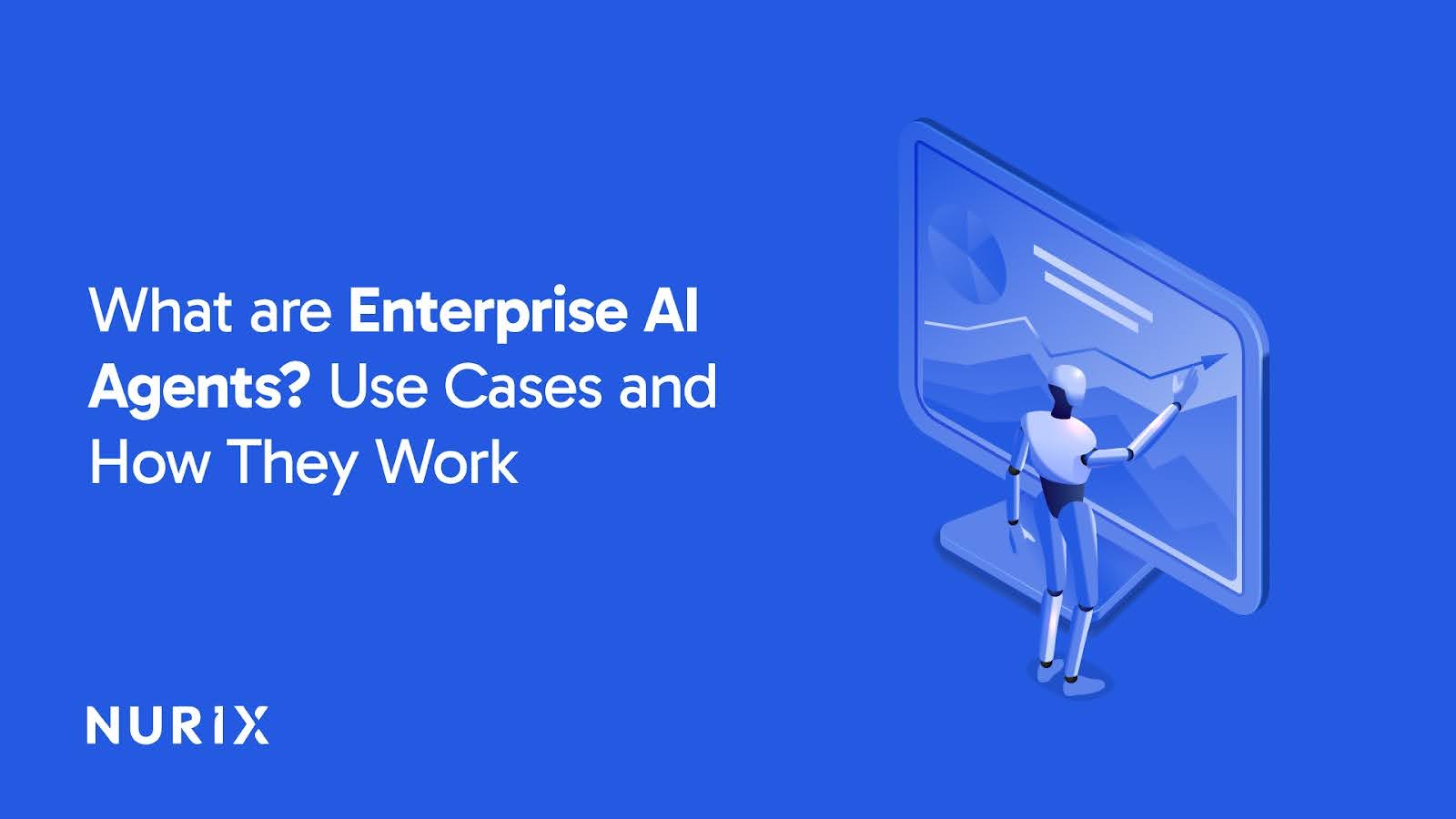The insurance industry stands at an inflection point. What once relied on manual processes, mountains of paperwork, and lengthy approval cycles is now driven by AI. Claims are processed in minutes, risks are predicted with unmatched accuracy, and customer support operates 24/7 across multiple channels.
AI has shifted from a competitive edge to a necessity. Insurers who leverage AI-driven operations reduce costs, capture market share, and meet customer demands for speed and personalization. Those who delay face obsolescence in a market where efficiency is key.
This guide explores AI's evolution in insurance, from early automation to today's generative AI, and emphasizes how it benefits the insurance industry.
At a glance:
- AI went from basic automation to autonomous agents: What started as simple rule-based systems in the '90s now powers entire insurance operations, from real-time claims processing to fraud detection that could save the industry $80-160 billion by 2032.
- Seven critical areas where AI delivers measurable ROI: Claims processing drops from days to minutes, underwriting shrinks from weeks to seconds, and 24/7 customer service runs without human intervention across chat, email, and voice channels.
- Building AI infrastructure requires four strategic layers: Success depends on getting your customer engagement, decision-making, infrastructure, and data foundation layers right, but legacy systems, regulatory compliance, and AI bias present real challenges that need active management.
- The window for competitive advantage is closing fast: Insurers implementing AI now are capturing market share through speed and personalization, while those waiting face obsolescence in a market where efficiency determines survival
The Evolution of AI in Insurance: From Automation to Generative AI
Understanding where AI came from reveals where it's headed next, and why insurers can't afford to ignore the accelerating pace of change.
The Early Days: Basic Automation and Rule-Based Systems
In the 1990s and early 2000s, insurers began automating simple tasks such as calculations and data entry using rule-based systems. These systems followed rigid, predetermined rules and couldn't adapt to unexpected scenarios, leading to bottlenecks and customer frustration when claims fell outside predefined parameters.
The Machine Learning Revolution
The introduction of machine learning (ML) shifted the focus from fixed rules to data-driven learning. These systems analyzed historical data, identified patterns, and made predictions, transforming underwriting and claims management. Predictive risk assessments gave underwriters new tools to spot correlations and evaluate risks more accurately.
Deep Learning and Neural Networks
Deep learning and neural networks took automation further, enabling advanced image recognition for vehicle damage and improved natural language processing for customer inquiries. These systems could analyze vast datasets to uncover hidden fraud, predict claim likelihood, and identify emerging risks, revolutionizing fraud detection and risk management.
The Generative AI Era: ChatGPT and Beyond
Generative AI, like ChatGPT, has transformed customer service by enabling natural, human-like conversations. These systems now generate content for policy documents and provide personalized communication. Autonomous AI agents handle entire workflows, from customer intake to risk profiling and regulatory compliance, operating seamlessly without human intervention.
Current State: AI-Native Insurance Operations
Today, AI powers every aspect of leading insurers' operations. Real-time AI-driven decisions allow for hyper-personalized policies and pricing based on individual behavior. Customers enjoy seamless omnichannel experiences, with AI maintaining context across all touchpoints, eliminating the need to repeat information and enhancing overall service efficiency.
This evolution sets the stage for understanding exactly where AI creates value. Let's examine the specific applications transforming insurance operations right now.
How AI Applications are Transforming Insurance Operations
AI isn't just changing how insurers work, it's redefining what's possible across every customer touchpoint and internal process.
Automated Claims Processing and Management
Claims processing, once slow and resource-intensive, is now faster and more efficient with AI. Key AI-powered capabilities include:
- First Notice of Loss (FNOL): Captures claim details instantly across multiple channels, eliminating complex forms.
- Image & Document Analysis: Assess damage from photos and identify pre-existing conditions without dispatching adjusters.
- Automated Claims Validation & Fraud Detection: Cross-references policy details and flags inconsistencies in seconds.
- Real-Time Updates: Provides continuous claim status updates and proactive customer communication.
For example, Nurix AI's multi-channel claims communication capabilities ensure consistent, intelligent support across chat, email, and voice channels, eliminating the need to repeat information.
Intelligent Underwriting and Risk Assessment
AI speeds up underwriting with data from diverse sources, such as applications, medical records, and third-party databases, processed in seconds. Key features are:
- Real-Time Risk Scoring: Analyzes hundreds of variables simultaneously using predictive analytics.
- Dynamic Pricing Models: Adjust rates based on actual behavior, not demographics.
- IoT & Telematics Integration: Tracks real-world data (driving patterns, home security) to adjust pricing.
- AI in Underwriting: Reduces underwriting time from weeks to minutes, offering instant quotes for standard risks and automated analysis for complex cases.
AI-Powered Customer Service and Engagement
AI meets customer expectations for 24/7 support with personalized, on-demand service. Key features are:
- Conversational AI: Chatbots and virtual assistants handle inquiries, process changes, and guide customers through complex tasks.
- Voice AI: Manages calls with natural language understanding for a human-like experience.
- Email Automation: Handles written inquiries and updates, maintaining a personalized tone.
- Sentiment Analysis: Monitors customer interactions to identify frustration early, preventing churn.
For example, AI solutions like Nurix AI deliver unified AI across chat, email, and voice channels, ensuring customers receive consistent intelligence regardless of their preferred communication method.
Fraud Detection and Prevention
By 2032, AI can save between $80 billion and $160 billion in lost revenue due to insurance fraud by detecting suspicious patterns. Key capabilities are:
- Real-Time Anomaly Detection: Flags abnormal claims instantly, comparing data with historical claims.
- Pattern Recognition: Identifies fraud schemes by analyzing similarities across claims.
- Social Media & External Data Analysis: Detects inconsistencies, such as social media posts contradicting injury claims.
- Network Analysis: Maps relationships to uncover organized fraud rings.
- Predictive Fraud Scoring: Prioritizes high-risk cases for investigation, reducing costs while improving detection rates.
Personalized Customer Experience and Retention
AI personalizes the customer experience by analyzing individual behaviors and needs. Key features are:
- Churn Prediction: Identifies at-risk customers early and offers retention strategies.
- Personalized Policy Recommendations: Suggests coverage based on life stages or behavior patterns.
- Proactive Engagement: Triggers outreach around life events like marriage or home purchases.
- Customized Pricing & Coverage: Reflects individual risk profiles, optimizing cross-sell and upsell opportunities.
Policy Administration and Management
AI improves policy management by automating routine tasks. Key capabilities are:
- Automated Policy Updates & Renewals: Processes changes in coverage, rate adjustments, and generates documents instantly.
- Self-Service Portals: Allow customers to manage policies 24/7 without contacting support.
- Document & Billing Automation: Generates documents and processes payments in seconds.
- Compliance & Regulatory Updates: Monitors and updates policy language to stay current with changing regulations.
Knowing what AI can do is one thing. Building the infrastructure to support it is another challenge entirely. The right architecture makes the difference between AI pilots that stall and deployments that scale across your entire operation.
How to Build the AI-Ready Insurance Technology Stack
Creating strong AI infrastructure starts with a practical architecture that scales well and integrates cleanly. Insurance teams that execute this well typically align their stack around four layers.
Layer 1: Customer Engagement Layer
This is where customers interact with AI directly. Chatbots, voice assistants, and conversational interfaces handle queries across web, mobile, and voice. Omnichannel routing keeps context consistent so customers never feel like they are starting over. Personalization engines adjust responses based on policy data, history, and preferences.
Layer 2: AI-Powered Decision-Making Layer
Models in this layer evaluate risk, pricing, and claims. LLMs read and interpret policy wording, forms, and documents. Predictive analytics surfaces patterns that guide underwriting and loss prevention. Multi-agent systems split tasks between specialized agents (intake, fraud check, settlement) and coordinate actions in real time.
Layer 3: Infrastructure & Platform Layer
Cloud platforms (AWS, Azure, GCP) supply elastic compute that scales with peak events. MLOps pipelines deploy, monitor, and retrain models when performance drifts. API management exposes models to core systems. Security and compliance controls protect data and meet frameworks such as GDPR, CCPA, and SOC 2.
Layer 4: Data Foundation Layer
Data lakes and warehouses unify policy, claims, billing, and external datasets. Real-time streaming enables decisions as data arrives, not hours later. Data governance keeps quality consistent. Master data management (MDM) establishes a single truth for customers, policies, and claims, while legacy integration ties modern AI to core admin systems without disruption.
Even the best architecture hits roadblocks during implementation. Anticipating these challenges separates successful deployments from expensive failures.
Challenges to Look for During Implementation
AI transformation unlocks major value for insurers, but the path is not simple. Addressing the right challenges early is what separates scaled deployments from stalled pilots.
Regulatory Compliance and Data Privacy
Insurance must comply with GDPR, CCPA, and jurisdiction-specific insurance rules. Every AI decision linked to pricing, underwriting, or claims needs transparency and explainability. Regulators now expect clear audit trails: model versions, training sources, decision logs, and rationale.
Opt for Smart AI agents such as Nurix AI, which builds compliance into the architecture on day one, so carriers don’t have to retrofit controls later.
Legacy System Integration
Most carriers still run decades-old core systems that were never built for AI. They lack APIs, contain embedded business logic, and create data access friction.
Modern programs use API-first integration to connect AI to legacy systems without ripping them out. Teams modernize in stages, starting with the highest-impact use cases, while reducing technical debt and planning cloud migration with controlled risk.
Addressing AI Bias and Fairness
Historical data carries bias. If models train on biased patterns, they repeat them in pricing, risk scoring, and claims decisions.
Fairness audits, diverse datasets, and pre-deployment bias tests reduce risk, but ongoing monitoring matters most. Bias mitigation is a continuous process as data shifts and regulatory expectations evolve.
Data Security and Cyber Threats
Insurance data is incredibly valuable to attackers. Encryption, least-privilege access, and continuous monitoring are non-negotiable. AI-based threat detection spots unusual activity in real time, from suspicious access patterns to potential model-poisoning attempts.
Managing Complex Insurance Queries
Policies vary by state, product line, and endorsements, and customers often reference previous context when they ask questions.
AI needs to retain context across turns, use models trained on real policy language, and escalate to humans when confidence drops or regulation demands human judgment. Continuous training on real carrier scenarios drives better outcomes than generic LLM fine-tuning.
AI agents, such as Nurix AI, are often helpful in enhancing customer experiences by handling end-to-end queries, recommending products, and resolving issues with minimal human intervention.
These challenges are real, but they're manageable with the right partner. Here's why insurers choose Nurix AI to navigate AI transformation successfully.
Why Partner with Nurix AI for Your Insurance Transformation
Insurance companies face mounting pressure to cut costs, speed up claims processing, and enhance customer service while staying compliant with regulations. Traditional systems struggle to meet the demands for speed, personalization, and efficiency. Insurers that fail to adopt AI risk falling behind in a competitive market.
Nurix AI delivers an end-to-end platform for chat, email, and voice, while keeping context consistent across every interaction. Insurance-specific LLM training helps models understand policy language, regulatory rules, claims terminology, and workflows that generic models fail to interpret correctly.
We offer:
- AI Agent Assist: Enhances productivity by assisting teams in real-time decision-making and streamlining tasks.
- AI-Driven Customer Engagement: Handles queries, recommends products, and resolves issues with minimal human input.
- Automated Data Analysis and Workflow Management: Delivers actionable insights to optimize decisions and drive conversions.
- Multilingual Support: Provides service in over 50 languages, expanding accessibility.
- Voice AI with Biometric Authentication: Secures customer interactions with advanced voice recognition.
- Retrieval-Augmented Generation (RAG): Grounds responses in approved knowledge bases for accurate replies.
- Advanced LLM Integration: Uses advanced models like GPT-4 for context-sensitive, high-quality interactions.
- Omnichannel Integration: Ensures seamless customer service across voice, text, and email.
End-to-End Encryption: Safeguards sensitive data at all stages. - Multi-Factor Authentication: Adds extra security to customer accounts.
- Compliance: Meets global regulations like GDPR, PCI-DSS, and CCPA.
- MLOps: Continuously improves performance through regular model retraining.
Ready to move forward? Book a demo with Nurix AI to see how AI agents improve productivity, elevate customer experience, cut operating costs, and deliver measurable outcomes across your enterprise.










